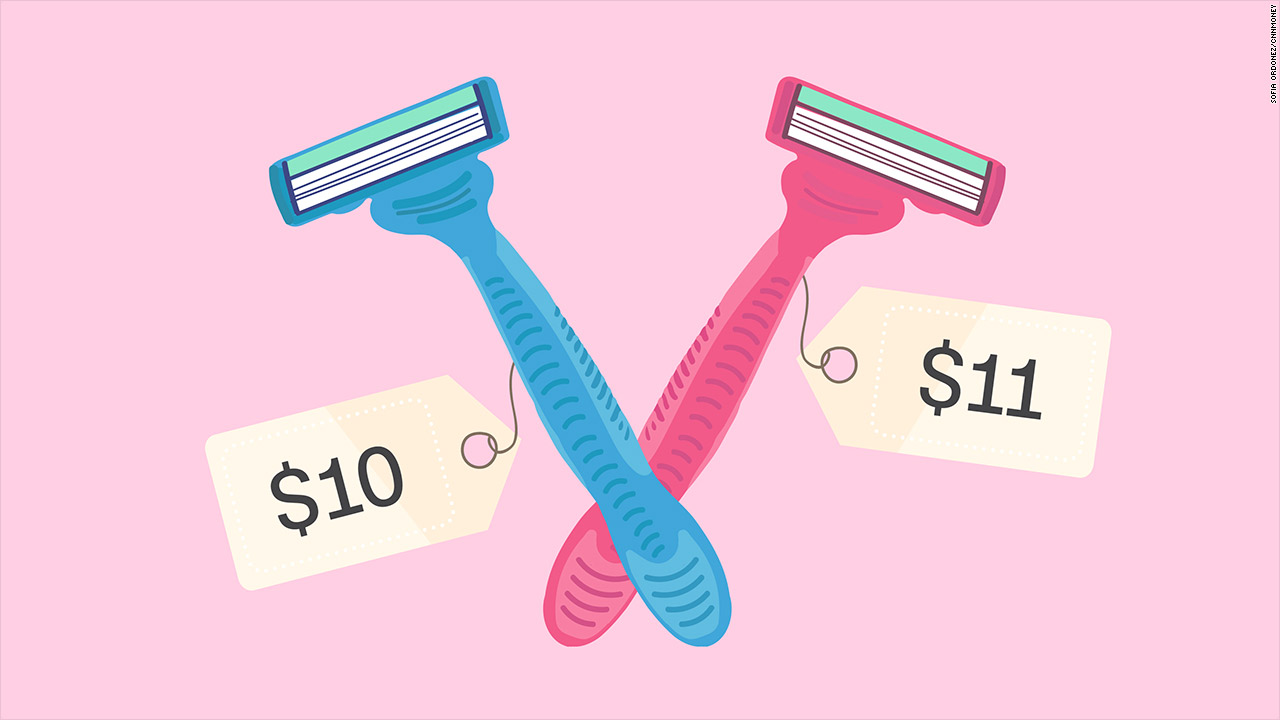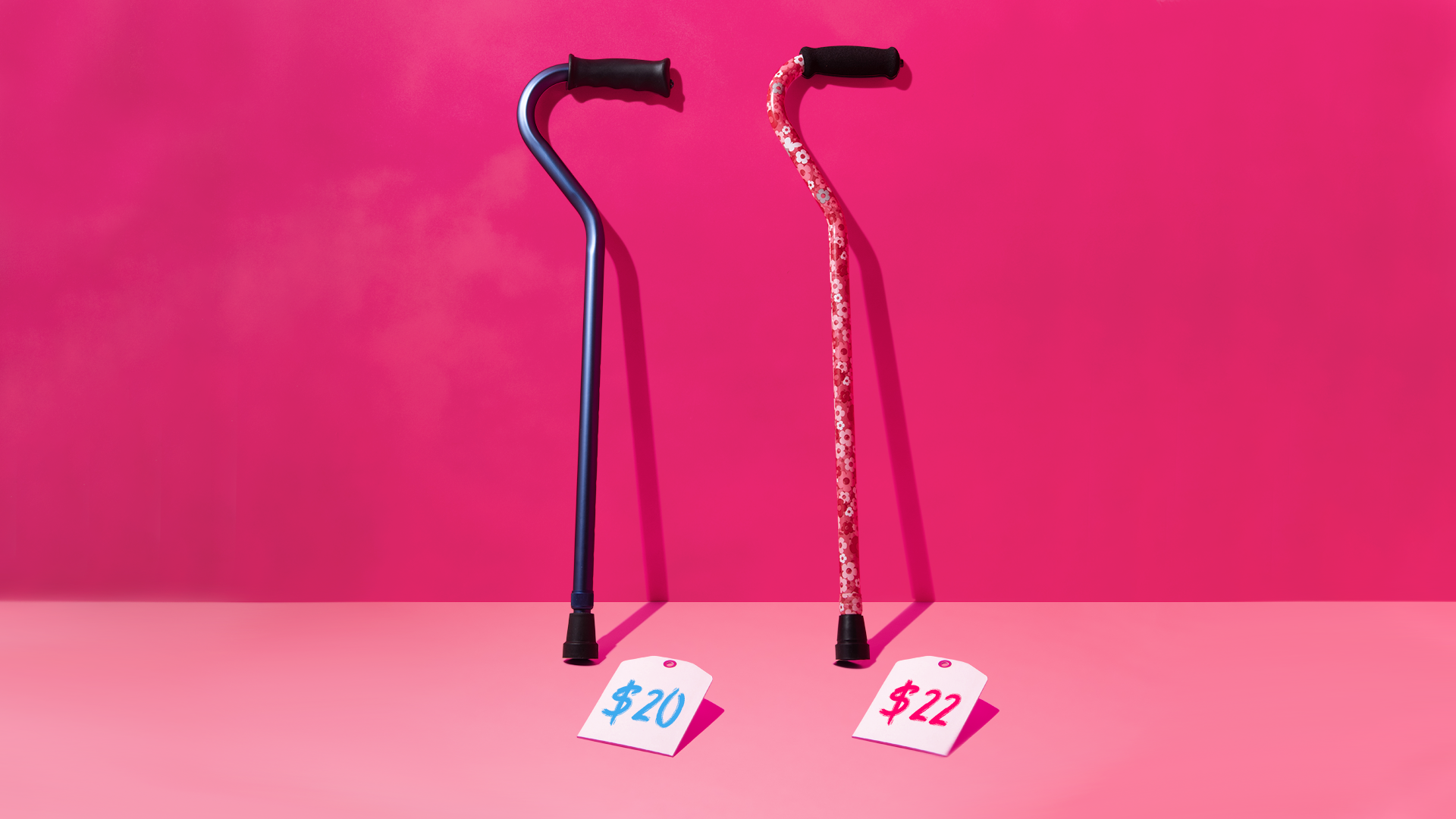Background
The pink tax is a phenomenon that has taken place in the United States
since the 1990s. It is the strategic upcharge of prices for feminine
healthcare products as well as other products. In the words of NYU
School of Law professor Jennifer Weiss-Wolf, the pink tax is an income
generating scenario that private companies create when marketing their
products towards women. The idea behind it comes from a long history
of stereotypes placing women as the main shoppers in society and the
products that cost more are targeted towards them through colors and
scents. With this use of brightly colored packaging as well as sweet
scents, brands are able to show women which shampoo, body wash, razor,
or other products are meant for them and therefore lead them to
produce more revenue.

This price gap disproportionally affects women in lower income
households
This price gap affects women in lower income households harder. If you
are a woman with an annual income of around $25,000, one twenty fifth
of this income will be spent paying the pink tax on essentials on top
of their original price––which is all that men pay.

The problem extends beyond products
Services offered to both women and men also show discrepancies. In
2016, CBS News sent one man and one woman from their staff undercover
in New York City to numerous dry cleaners. The results found that over
half of the dry cleaners they went to, the woman staff member was
charged at least twice as much to dry clean the same clothes. The same
goes for car servicing. In another study by the National Bureau of
Economic Research, men and women participants went into car repair
shops to receive a quote for their cars. The female caller was charged
around 20 dollars more than the male caller. These discrepancies made
towards women continue to facilitate inequality and only add to the
challenges women face in our society.







